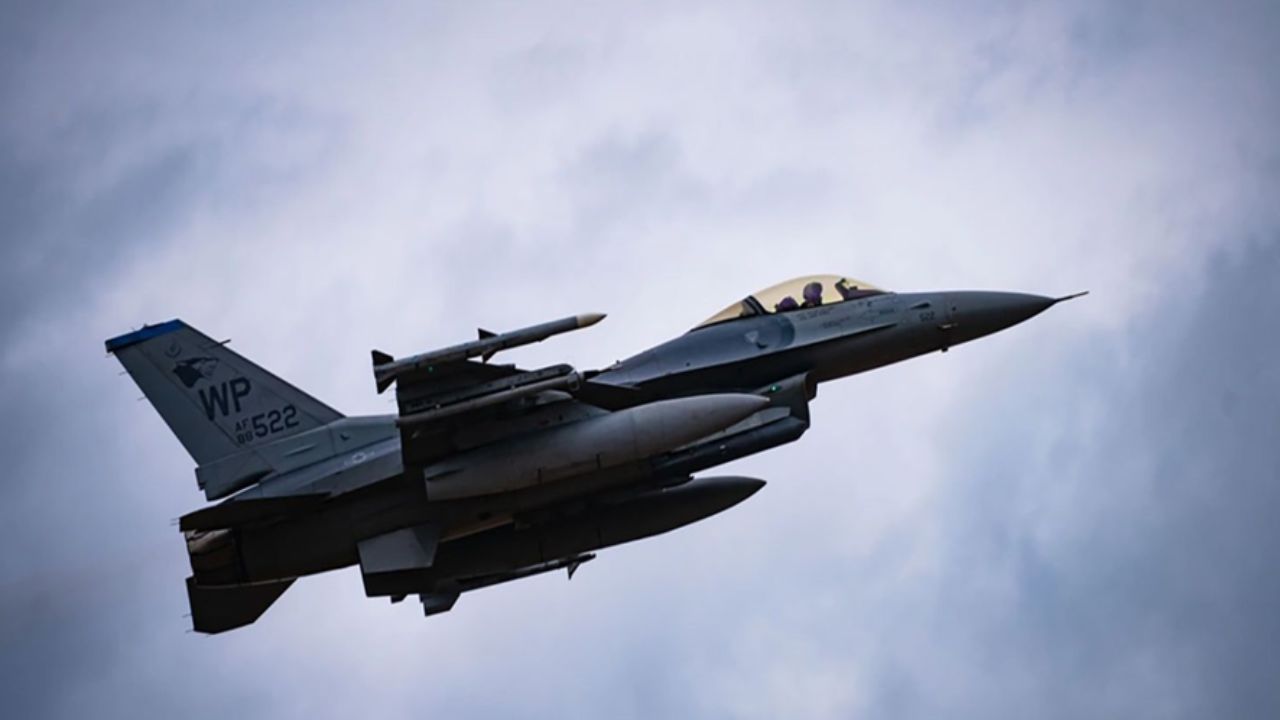A United States Air Force F-16 fighter jet crashed after suffering an in-flight emergency off the coast of South Korea Wednesday, in the third crash of one of the US military’s Korea-based warplanes in less than a year.

The incident occurred during a training mission over the waters west of the Korean Peninsula around 8:41 a.m. local time, according to a statement from Kunsan Air Base, about 110 miles (180 kilometers) south of the capital Seoul.The pilot, assigned to the 8th Fighter Wing, ejected safely and was recovered about 50 minutes after the crash, the Air Force statement said. The pilot was conscious and taken to a medical facility for assessment, the base said.
“We are very thankful to the Republic of Korea rescue forces and all of our teammates who made the swift recovery of our pilot possible,” said Col. Matthew Gaetke, 8th Fighter Wing commander, in a statement. “Now we will shift our focus to search and recovery of the aircraft.” The cause of the in-flight emergency is under investigation, the base said. Wednesday’s crash was the third of a South Korea-based F-16 in less than a year, though there are no indications they are related.
Details of the Crash:
The crash involved an F-16, a powerful and versatile fighter jet used by the United States military. The reasons behind the crash are still under investigation, but this marks the third time a similar incident has occurred in the past year in South Korea.
Safety Measures:
Military officials are working diligently to determine the cause of these crashes and to enhance safety measures for future operations. The well-being of the pilots and the public is of utmost importance, and steps will be taken to prevent such incidents in the future.

In December, an F-16 from Kunsan crashed off the west coast of the peninsula during training.The pilot ejected and was rescued by South Korean maritime forces, the 8th Fighter Wing said at the time, adding that no more information on that crash would be released until an investigation was concluded.In May 2023, an F-16 crashed into an agricultural area near Osan Air Base, south of Seoul, during training. The pilot of that aircraft also ejected safely, and the case was referred to investigation.
The F-16 is the workhorse of US Air Force fighters, with 738 of the single-engine jets in the fleet, according to Flight Global’s “World Air Forces 2024.” The Air Force says F-16s make up about half of its fighter jet inventory.
The service loses between three and four units of the aircraft each year to mishaps worldwide, according to statistics from the Air Force Safety Center, last provided after fiscal year 2021.
Importance of F-16s:
F-16 fighter jets are crucial for national defense, providing rapid response capabilities and advanced technology. They play a vital role in safeguarding the skies and supporting military operations.
Investigation Process:
After any crash, a thorough investigation is conducted to understand the factors contributing to the incident. This process involves examining the aircraft’s condition, analyzing data from the flight, and interviewing witnesses. The goal is to identify any mechanical issues, human error, or external factors that may have led to the crash.
Collaboration with South Korean Authorities:
The United States military is working closely with South Korean authorities to coordinate the investigation and share information. Collaborative efforts are essential to ensure a comprehensive understanding of the incident and to implement effective safety measures.
Impacts on Operations:
While investigations are ongoing, it’s important to note that F-16 operations may experience temporary adjustments or pauses to address any identified safety concerns. The military remains committed to maintaining a high level of operational safety for both its personnel and the public.
The recent crash of a U.S. F-16 fighter jet off the coast of South Korea is a concerning event, especially considering it is the third such incident in the region within a year. The ongoing investigation will shed light on the causes, and steps will be taken to prevent similar occurrences in the future. The collaboration between U.S. and South Korean authorities underscores the importance of addressing safety concerns and ensuring the continued effectiveness of military operations.



